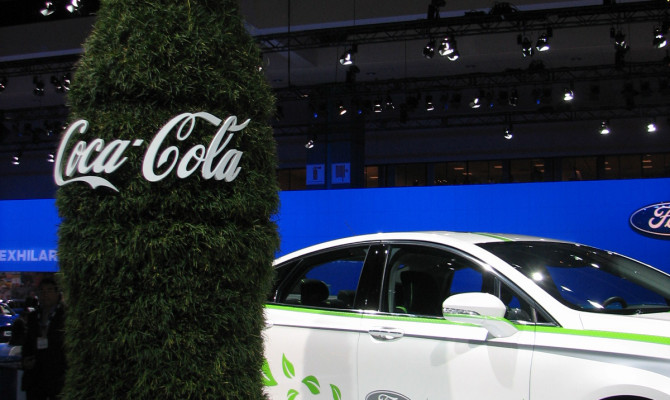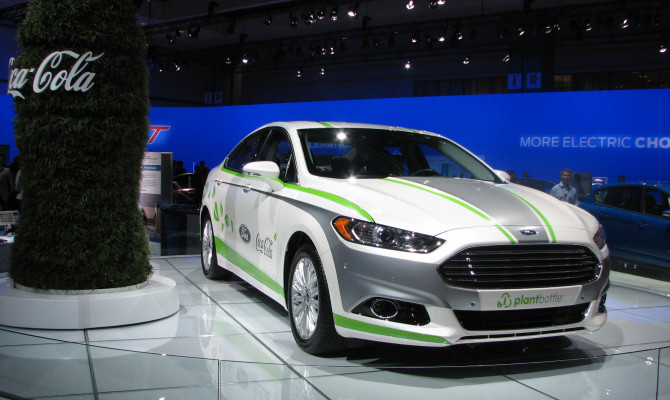All of these sensor-based technologies make driving safer today and they could also be considered as building blocks for a more comprehensive automated driving system…
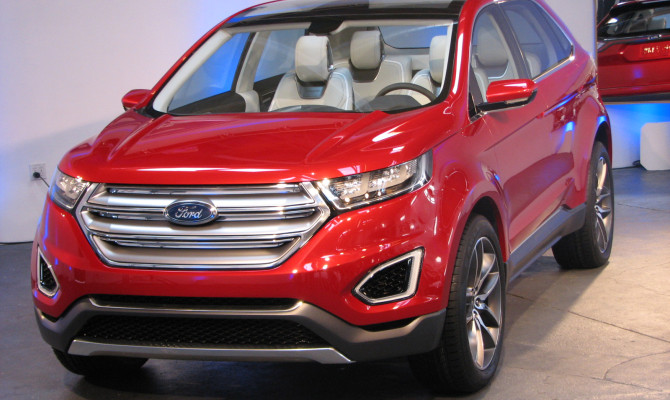
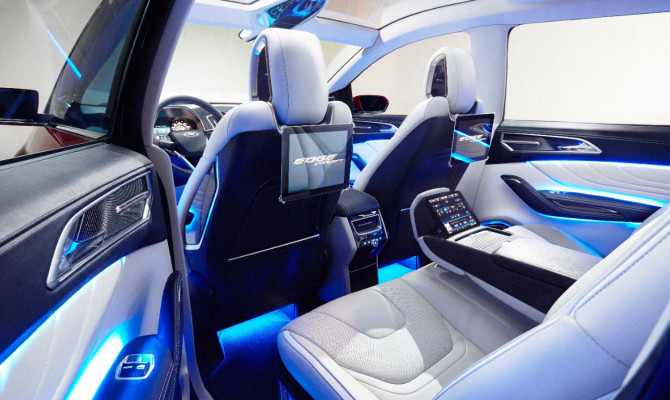
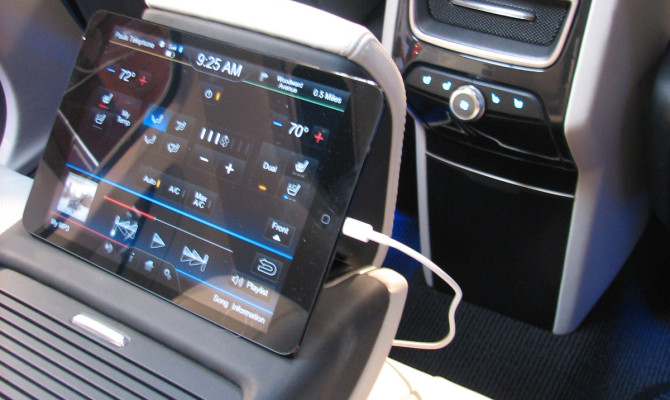
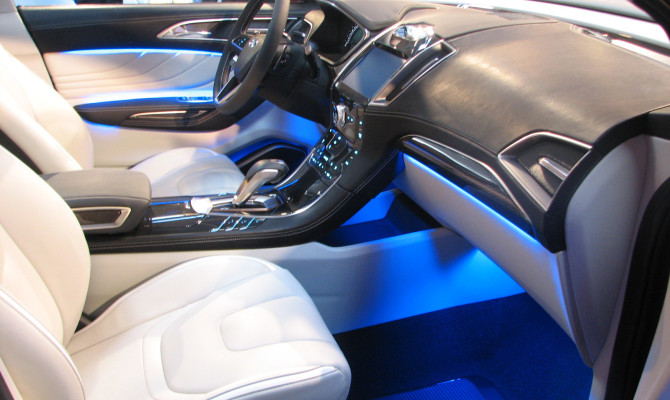
While most driving enthusiasts do not recognize the advent of a self-driving car as a good thing, drivers who have to endure crowded urban parking lots and the drudgery of stop-n-go highway commutes, on a daily basis, probably have a very different view.
The fully autonomous car may never become a reality for non-technical reasons. We are, however, seeing layer upon layer of new technologies that certainly move things along in that general direction and could make it technically feasible, and perhaps production feasible on a restricted basis.
The new Ford Edge Concept revealed at the Los Angeles Auto Show included two interesting automated driving technology advances that are currently under development by Ford… self-parking and obstacle avoidance systems.
What’s different about this advanced self-park technology is that it allows an owner to do it from outside the vehicle with a push-button remote. The vehicle can be automatically positioned in or be removed from a tight parking stall situation. That certainly beats crawling in or out of the rear hatch, when there’s not enough room to get in from a side door. This new system builds on Ford’s current active park assist feature, which is restricted to parallel parking situations and uses ultrasonic sensors.
Using similar sensor and automated vehicle control technology, Ford engineers are also working on an advanced obstacle avoidance system. The concept vehicle detects slow-moving or stationary obstacles in the same lane ahead and warn the driver. If the driver fails to steer or brake, the system automatically brake and steer the Edge around the object.
“Democratized technology” is an expression used frequently by Ford engineers. It’s about making leading-edge technologies, which traditionally took a long time to trickle-down from expensive luxury vehicles, available on popular, affordable vehicles much sooner, or even ahead of luxury class competition.
Ford’s current Active Park Assist system is already available on 12 models. This system automatically guides the vehicle into a parallel parking spot, while the driver controls the gas and brake pedals.
A “Lane-Keeping” system is available on 11 Ford models today. This uses a forward-facing camera to scan the road surface for lane markings. The system evaluates if the vehicle is drifting out of its lane and alerts the driver by vibrating the steering wheel. If the driver does not respond, the system provides steering torque to nudge the vehicle back toward the centre of the lane.
Adaptive cruise control and collision warning with brake support is available on 10 Ford models. The system uses radar to detect moving vehicles immediately ahead and modifies cruising speed if necessary.
Blind Spot Information System Available on 13 Ford models. Radar sensors in the rear corners monitor the spaces next to and just behind the vehicle. On the road, these sensors trigger a warning light in the mirror when there is another vehicle in the driver’s blind spot.
All of these sensor-based technologies make driving safer today and they could also be considered as building blocks for a more comprehensive automated driving system.
Email: bob [dot] mchugh [at] drivewaybc [dot] ca
**********
Things go greener with Coke… bottles
Ford and Coca-Cola have embarked upon an eco-marriage.
They’re both extensive users of plastic and both are committed to recycling and finding eco-alternatives. The first offspring of this somewhat unusual realtionship is the Ford Fusion Energi with a PlantBottle Technology interior.
PlantBottle Technology is the first-ever recyclable PET plastic bottle made partially from plants, instead of petroleum-derived materials. Already, more than 18 billion of these bottles have been distributed in 28 countries and Coca-Cola claims that this is equivalent to 400,000 barrels of oil saved. Using recycled PlantBottle bottles, Ford has produced the first-ever fiber that can be woven into durable, automotive-grade PET fabric.
Fusion Energi is the plug-in hybrid version of Ford’s global midsize car and it’s Ford’s most fuel-efficient sedan. Sound-absorbing recycled denim material, equivalent to more than two average-sized pairs of blue jeans, are also used in the car’s carpet liner and Ford already uses soy foam, made with soybeans, in every vehicle it builds in North America.
Recent Comments
- { Enjoyed your Forest of Bowland in the BMW X5M, particularly the photo of the BMW in front of the main part of Stonyhurst College where... }
- { Bantam designed the Jeep, not Willy's or Ford. The American military gave the original Bantam prototype to Willys and Ford to copy. There is plenty... }
- { All Escalades come with a 6.2-lilter V8 engine that produces 420 horsepower. A six-speed automatic is the only transmission offered and drives the rear wheels.... }
- { Alexandra is an excellent journalist. }
Popular Posts
- Journey to a ‘Sparkling’ Luxury Okanagan Resort “Four lucky readers will put a Dodge Journey’s weekend-...
- The Need For Speed: Hike Those Highway Limits More than half of those polled believe the province sho...
- Drives-U-Crazy… Erratic drivers. An early morning drive from Kelowna to Vancouver is nor...
- Readers Respond: The Pros and Cons of Increasing B.C. Speed Limits Increasing the speed limits will only increase risk to...
- Honda CR-V Review: The Compact Crossover To Get Things Done The CRV is a very stylish and aerodynamic crossover veh...


